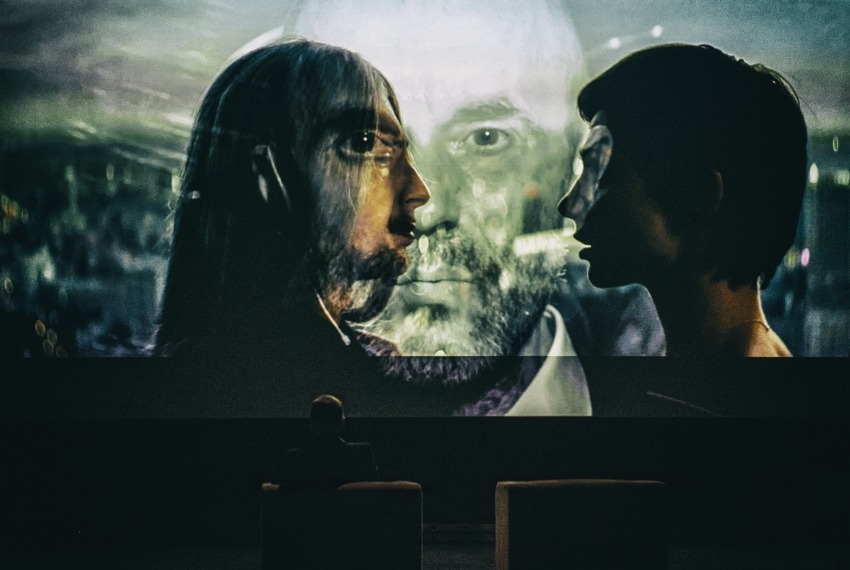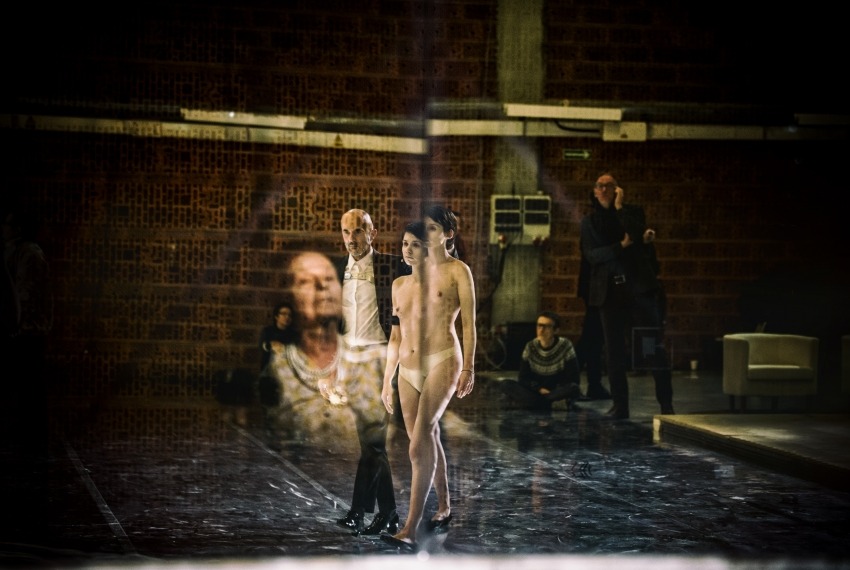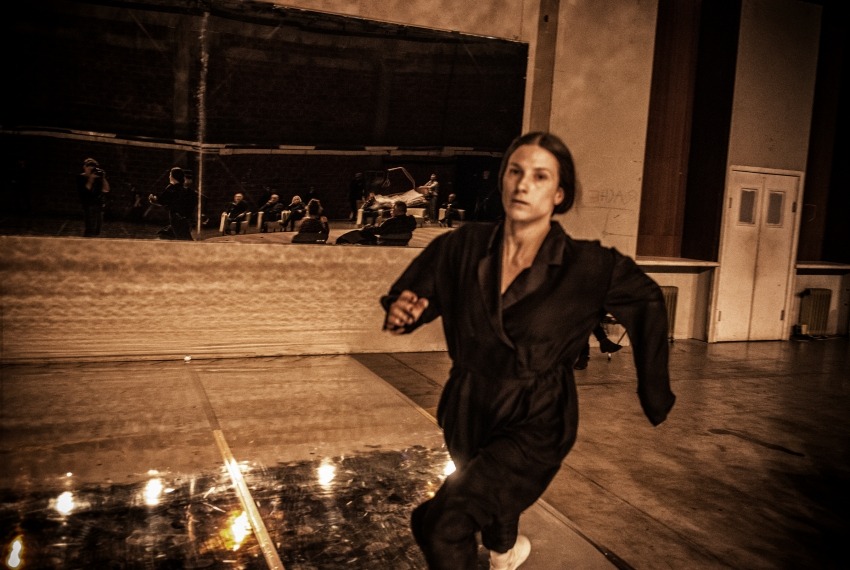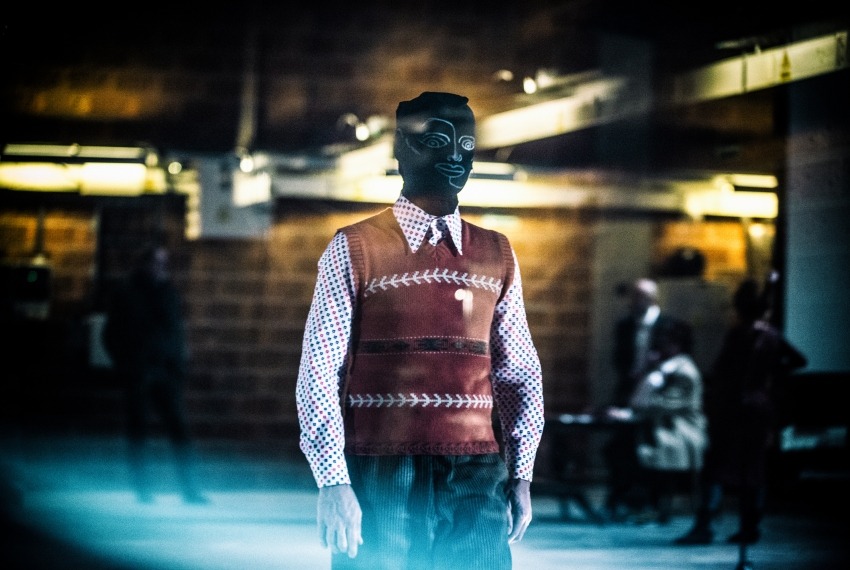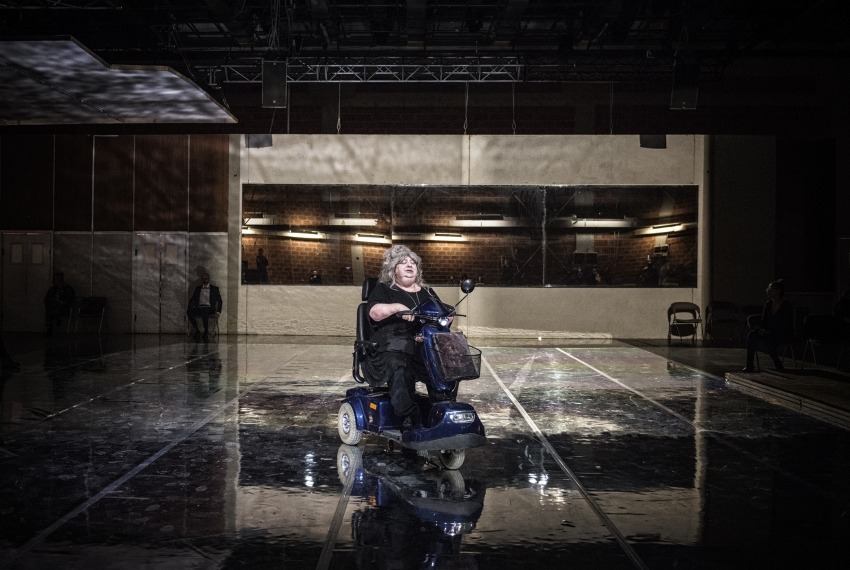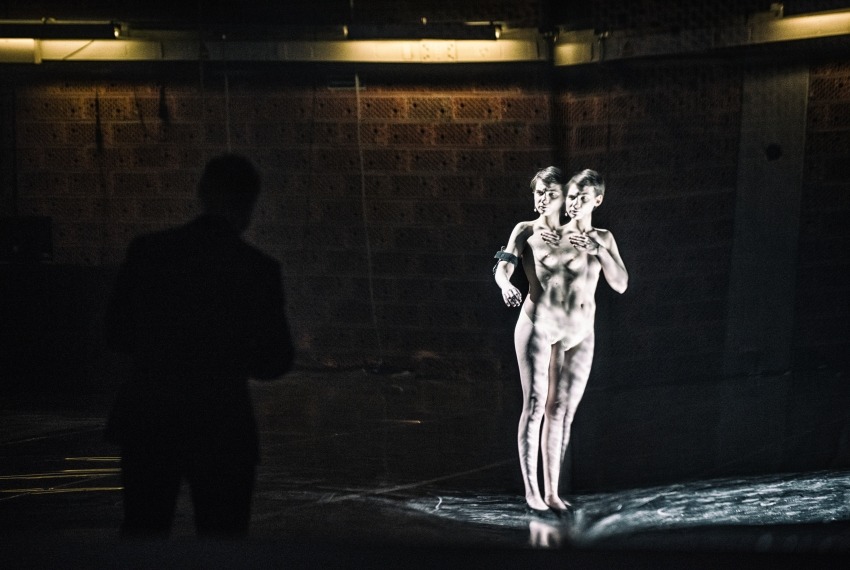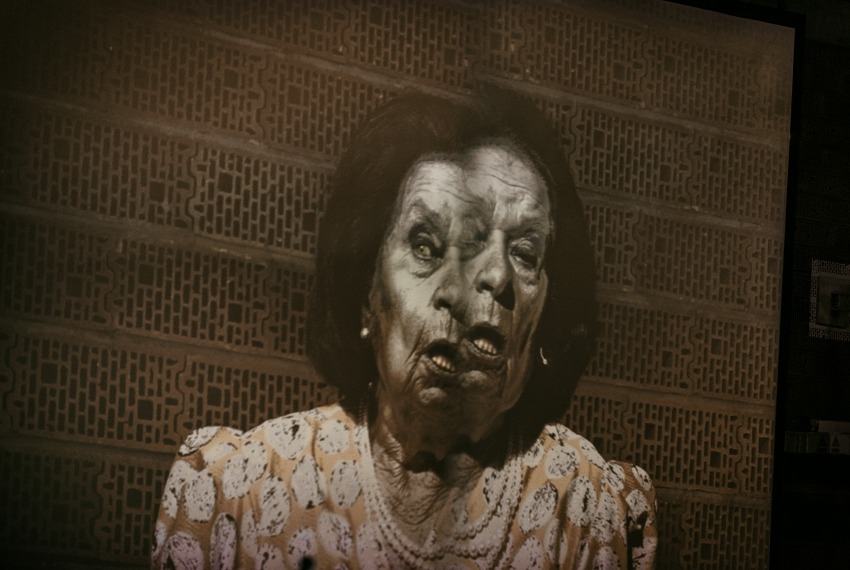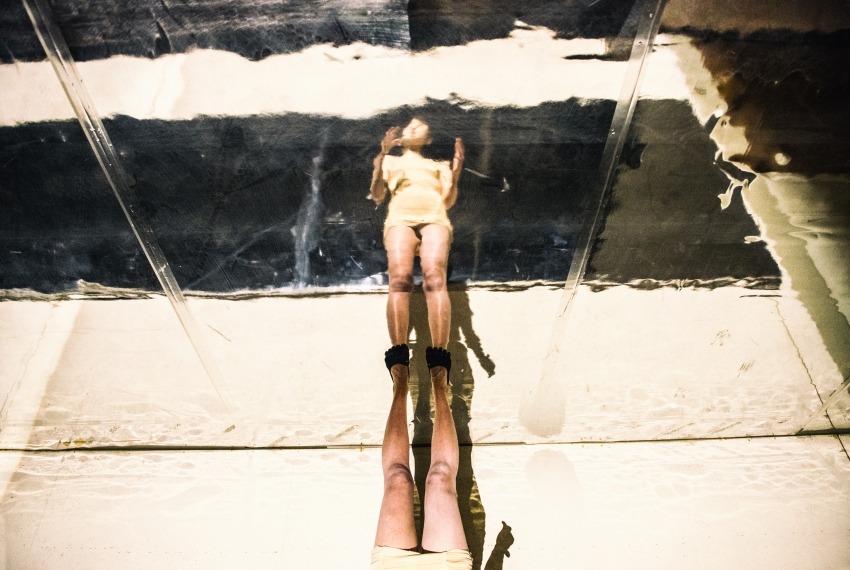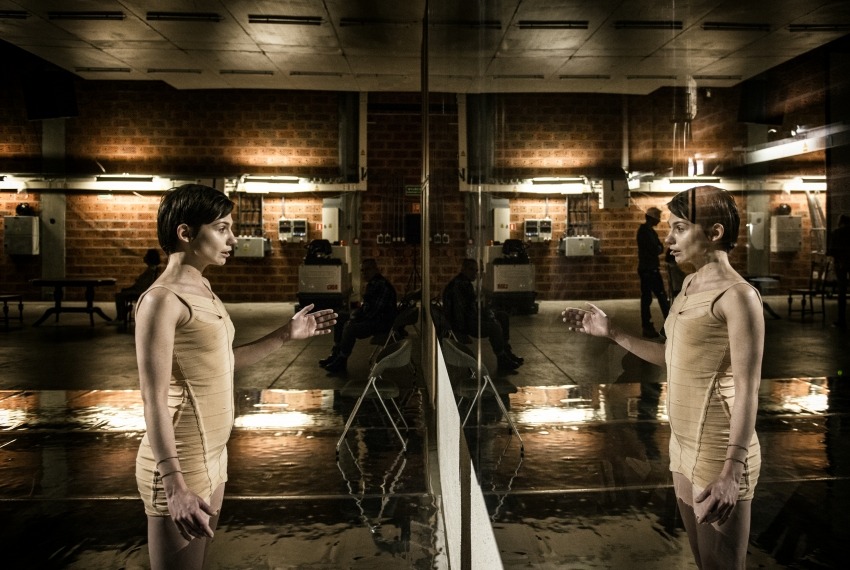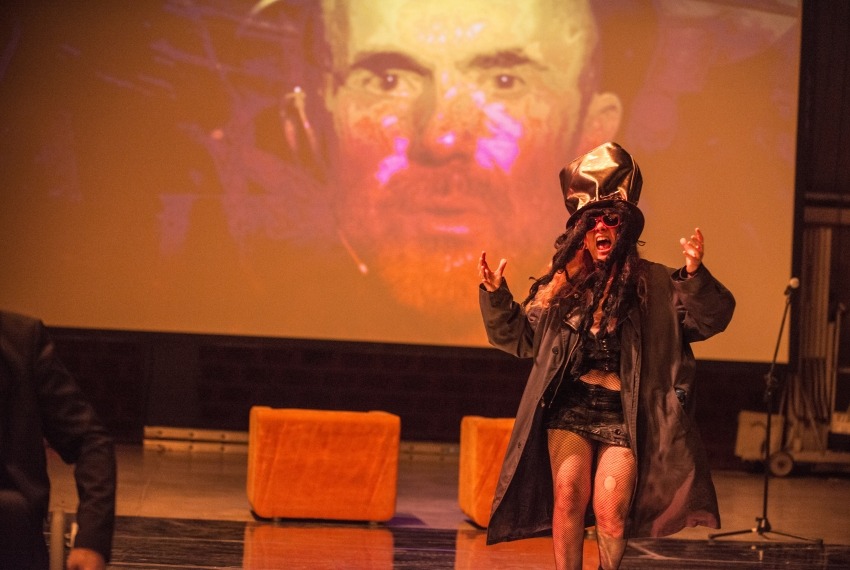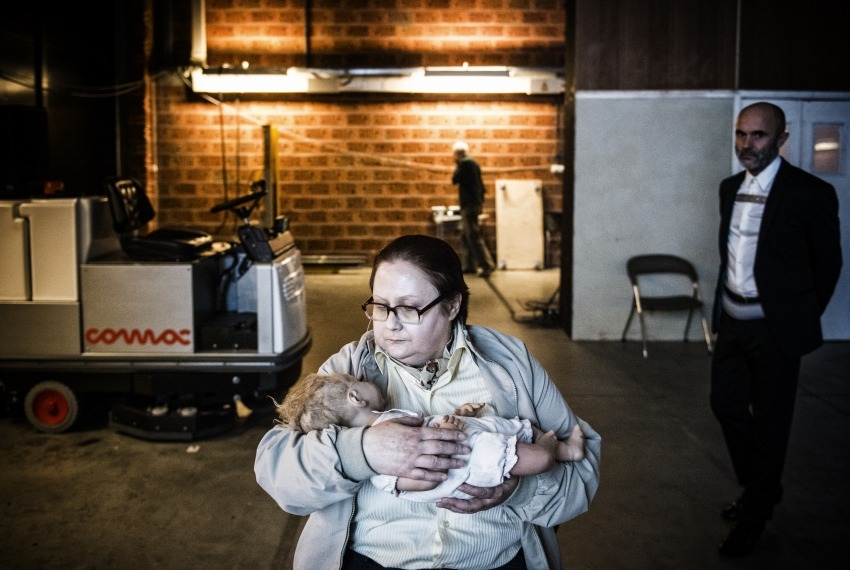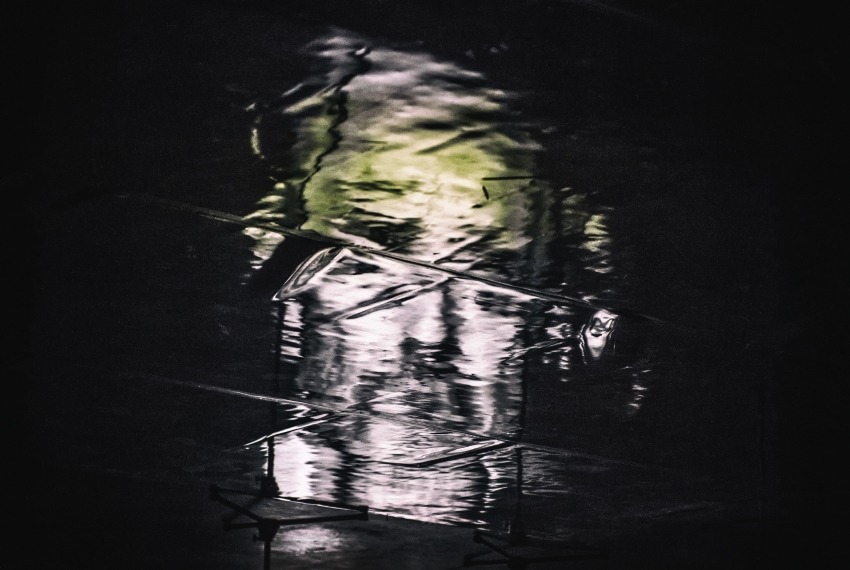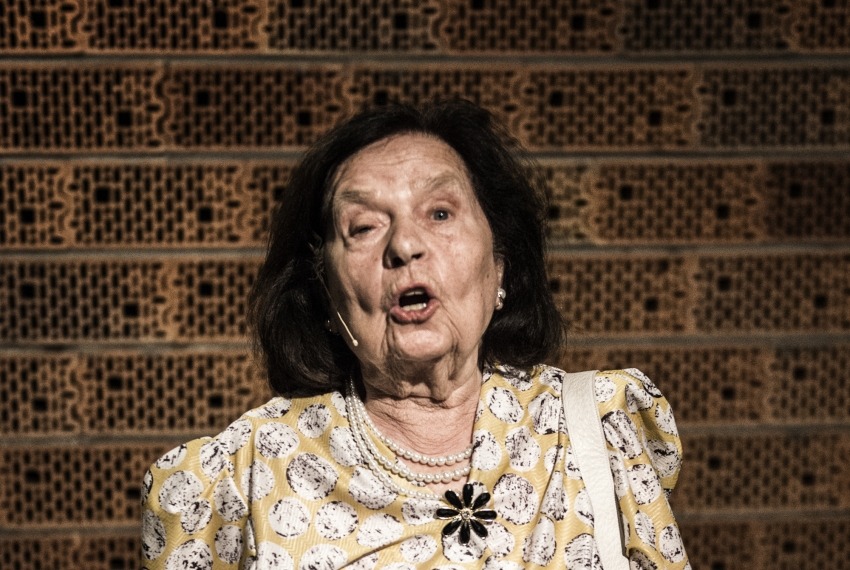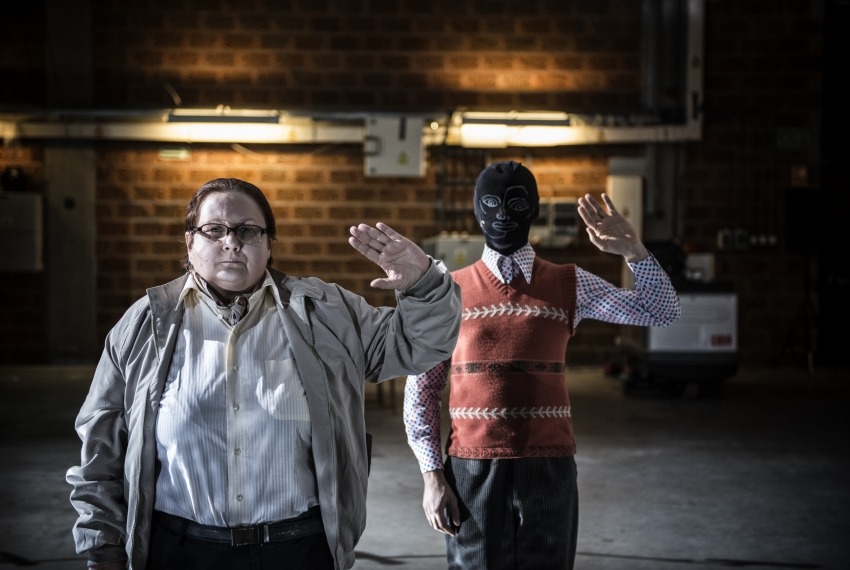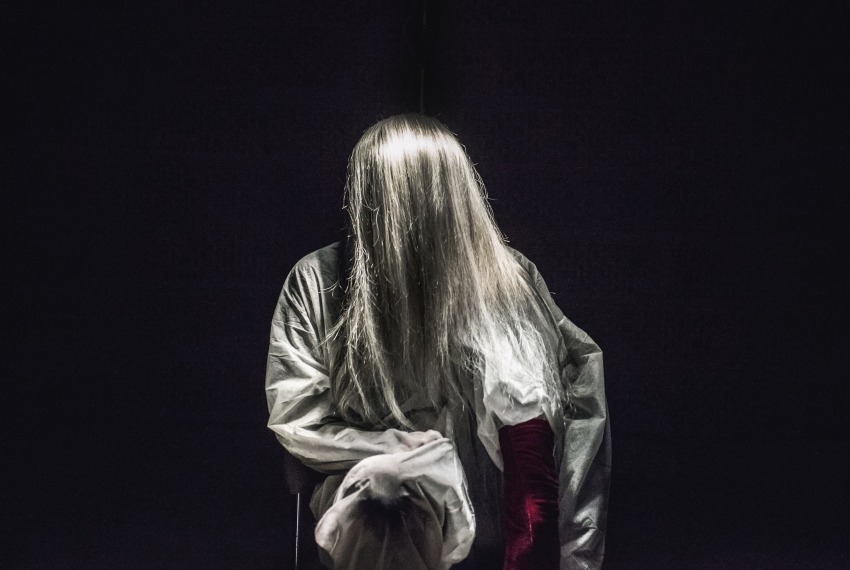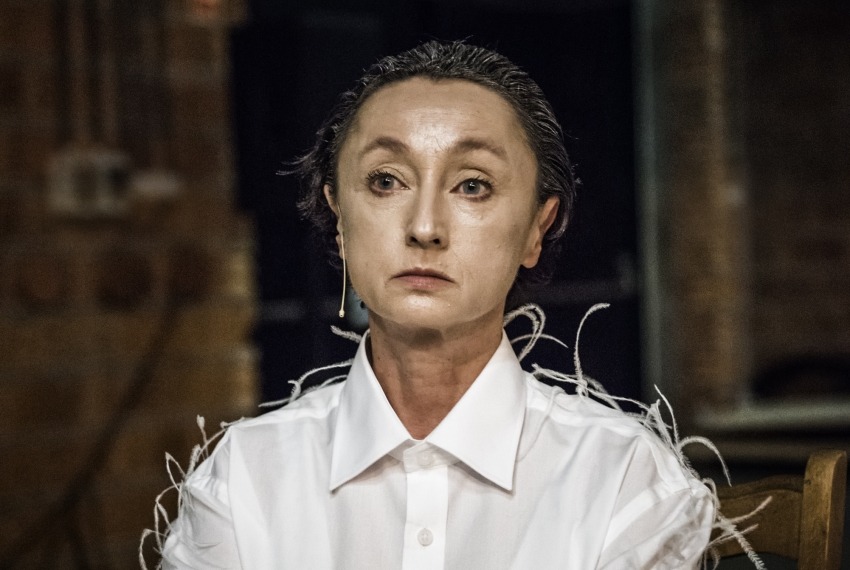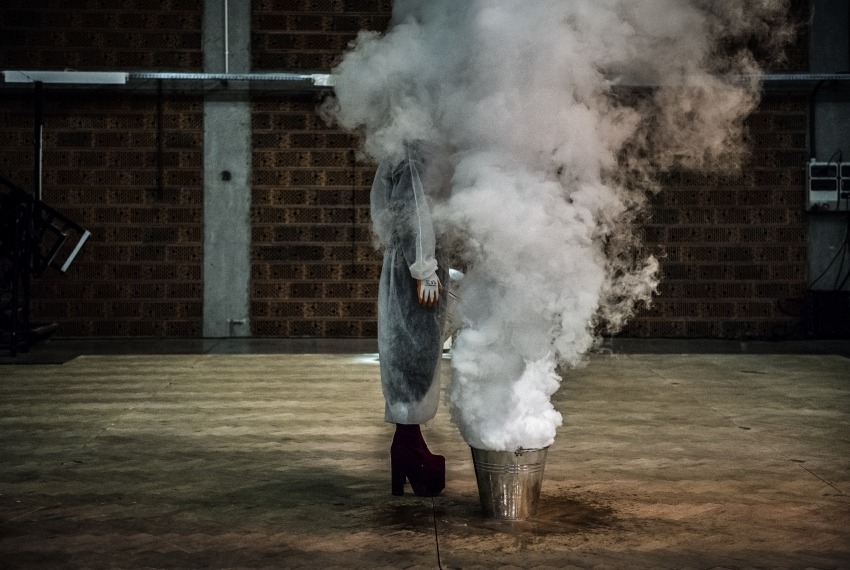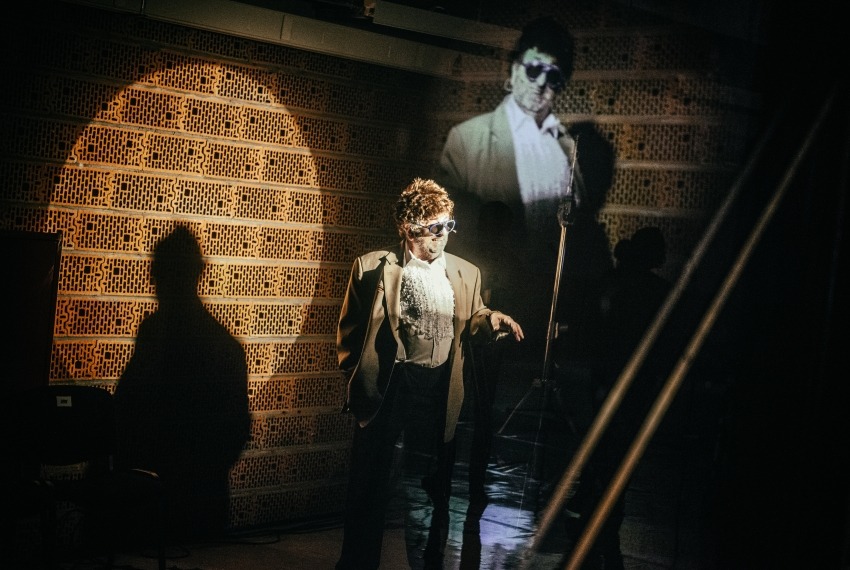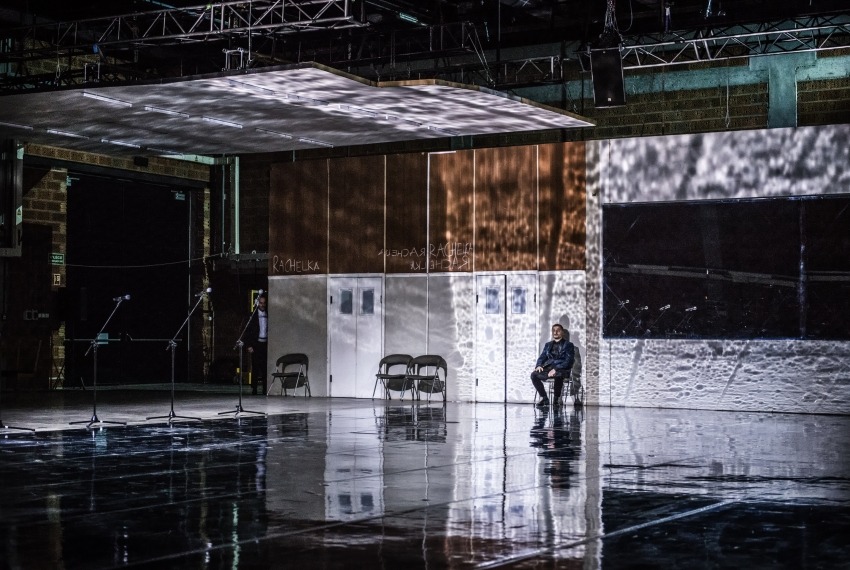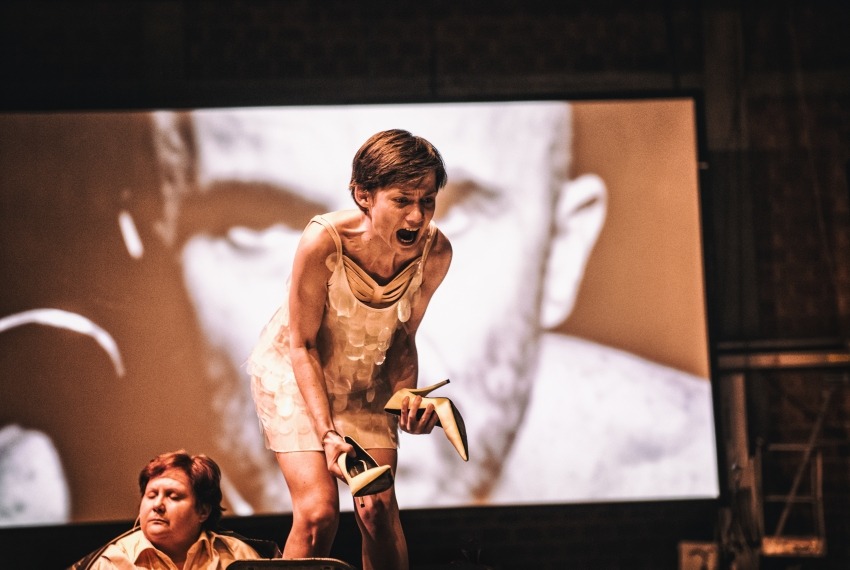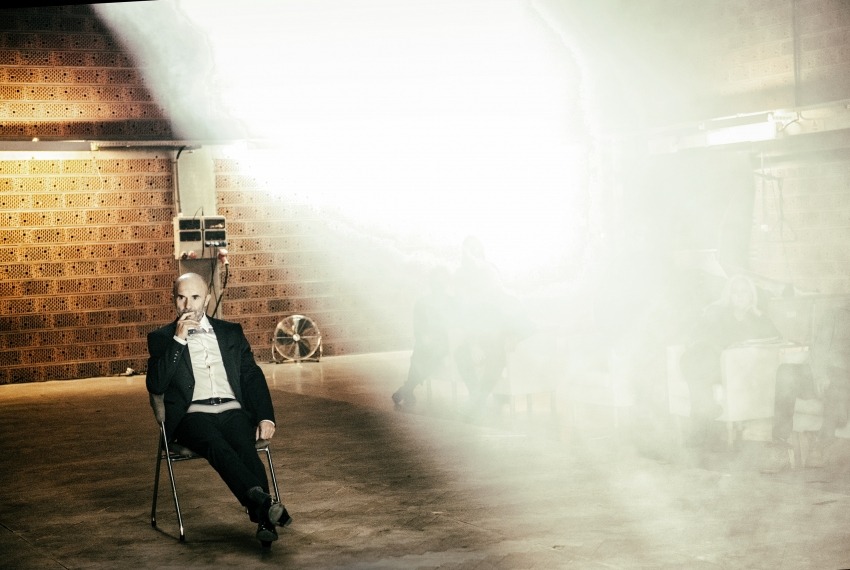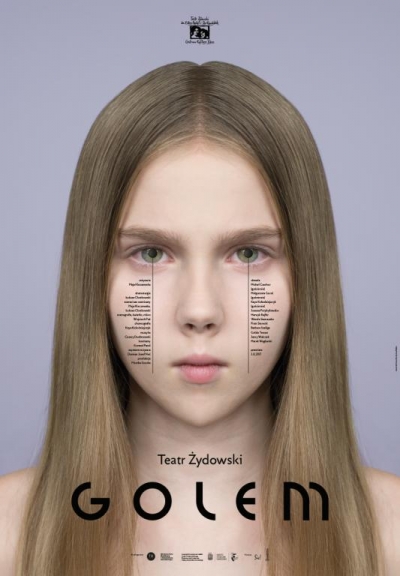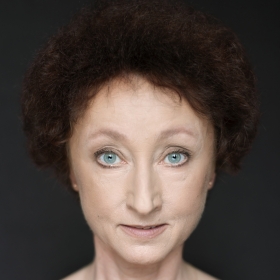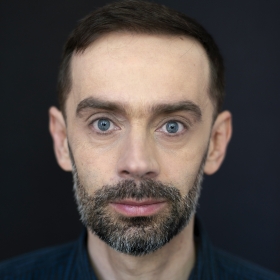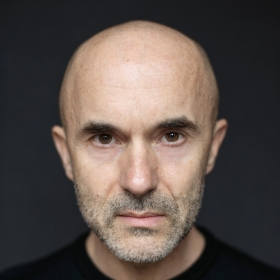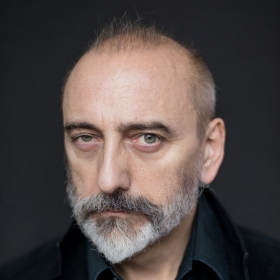Jesteś tutaj
Golem
Spektakl
The legend of Golem, an artificial man, is one of the oldest in the Jewish tradition. For years it was penetrating various cultures, vesting them new meanings.
How much does the figure of an artificial man tell us about ourselves? To what degree it is the element of collective imagination? Is it a projection of dreams to match God? Golem is a figure, who foretells catastrophe and purge that comes thereafter. The artificial man is a mirror in which our humanity and our memory looks at itself.
“Left alone with their memories, which – though so difficult to carry – had to remain with them for life, often shaded by silence. In their lives, often the shadow of those memories has endured the most essential. They try to support each other, search together for traces, their own roots…” (Jerzy Ficowski).
“Golem” becomes the Space of Memory. The Memory that lasts, it is endless and it will be passed on. The traditional division into the audience and the stage is annulled in “Golem”. The contract to tell the traditional story is suspended. The spectator decides which parts of the story interest him. The spectator decides how long the production lasts. Spectators are individually exposed to the influence of new media, contemporary music, the multiplicity of stimuli flowing from the fragmentary reception of the world. In “Golem”, the present does not exist, only the spectator is here and now, and the characters experience the past and the future.
“Golem” after “The Dybbuk” and “The Painted Bird” is the third part of the triptych completed by the artists in the Jewish Theatre.

